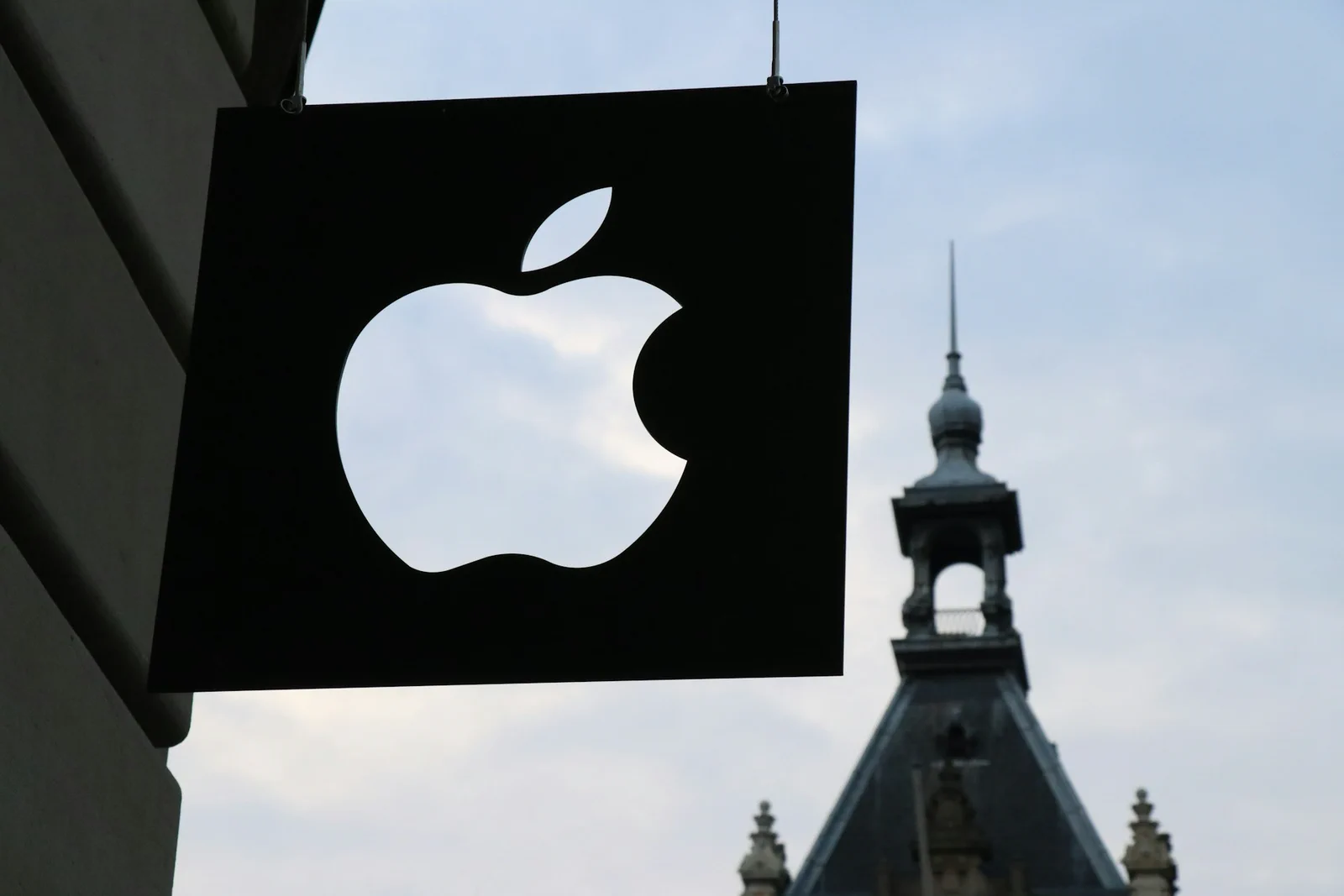Apple Earnings Decoded: What AAPL Tells Us About Tech Investment

Apple just posted its Q3 2025 earnings, and while the headline numbers—$94.9 billion in revenue and $1.53 EPS, impressed Wall Street, the real story lies deeper in the data. At $230 per share and a $3.5 trillion market cap, AAPL isn’t just a stock; it’s a barometer for global technology investment, consumer spending health, and the AI monetization race.
Here’s what most analysts missed: Apple’s services revenue hit $24.2 billion with 70% gross margins, while iPhone sales in emerging markets grew 23% year-over-year. For investors trying to decode whether tech’s five-year run continues or stalls, Apple’s numbers provide a masterclass in reading between the lines of earnings reports.
Apple Earnings Breakdown: Key Numbers Explained
Apple’s fiscal Q3 2025 (ended June 29, 2025) delivered total revenue of $94.9 billion (+7% YoY), broken down by iPhone at $46.2 billion (+8% YoY), Services at $24.2 billion (+14% YoY), Mac at $7.8 billion (+12% YoY), iPad at $6.9 billion (+4% YoY), and Wearables at $9.8 billion (+6% YoY).
Profitability metrics showed gross margin at 45.3% (up from 44.1%), operating margin at 31.2%, net income of $23.4 billion, and EPS of $1.53 (beating estimates by $0.08). But raw numbers don’t tell the whole story.
The hidden gems include installed base growth to 2.3 billion active devices globally, each a potential subscription revenue stream growing 8% YoY, faster than unit sales, indicating longer device lifespans and higher retention. Geographic surprises include Greater China at $17.2 billion (+11% YoY) despite economic headwinds, India doubling iPhone sales YoY (specific numbers withheld), and Europe at €19.8 billion (+9% YoY) despite regulatory challenges. Apple Intelligence features drove 18% higher app store spending among beta users, a leading indicator for services growth acceleration.
What Wall Street Watches in AAPL
Services became Wall Street’s obsession for good reason: 70% gross margins versus 35% for products, 85% recurring subscription-based revenue, annual price increases with minimal churn, and network effects where each service strengthens others. Services breakdown shows App Store at $8.9 billion, iCloud+ at $4.2 billion, Apple Music/TV+ at $3.8 billion, AppleCare at $2.7 billion, and Other services at $4.6 billion. Wall Street values services revenue at 7-8x multiple versus 3-4x for hardware, explaining why 14% services growth drives stock price more than iPhone sales.
The iPhone 16 early indicators show pre-orders 15% higher than iPhone 15, AI features driving upgrades from iPhone 13/14 users, average selling price at $ 1,049 (+7% YoY), and trade-in rates at 41% (highest ever). The key metric: iPhone upgrade cycle lengthened to 4.2 years, but higher ASPs and services attach rates more than compensate.
Apple’s capital return program sets the standard with Q3 2025 returns including $3.9 billion in dividends ($0.25/share) and $25 billion in buybacks (108 million shares), totaling $28.9 billion returned. Since 2012, Apple has returned $750 billion to shareholders while investing $150 billion in R&D, a balance few achieve.
Services vs Hardware Revenue Trends
The transition timeline shows services were 8% of revenue in 2015, reached 20% in 2020, now stand at 25.5% in 2025, with 2030 projections at 35-40%. This matters for valuation because traditional hardware companies trade at 15-20x P/E ratios while software/services companies command 30-40x. Apple’s transition explains its premium valuation.
Current AAPL metrics show P/E ratio at 32.5x, Price/Sales at 8.9x, and EV/EBITDA at 26.4x. Compare to peers: Microsoft at 34x P/E (pure software/services), Samsung at 13x P/E (hardware-focused), and Google at 28x P/E ( services-dominant). Apple trades like a services company because markets price the future, not the past.
Comparison with Other Tech Giants
Revenue growth rankings (Q3 2025 YoY) show NVIDIA at +122% (AI chip dominance), Meta at +19% (ad recovery), Amazon at +13% (AWS growth), Google at +12% (search resilience), Microsoft at +11% (cloud strength), Apple at +7% (mature but steady), and Tesla at +2% (margin pressure).
Profitability rankings by operating margin place Microsoft at 42%, Google at 35%, Meta at 34%, Apple at 31%, NVIDIA at 29%, Amazon at 8%, and Tesla at 6%.
What Apple does better includes ecosystem lock-in (92% annual retention for users with 3+ Apple devices versus 61% for single-device users), pricing power ( 5-7% price increases in 2024 with minimal demand impact), and cash generation ($ 110 billion free cash flow annually, more than Amazon, Meta, and Tesla combined).
Investment Strategy Implications
For growth investors, the bull case includes AI monetization just beginning, India/Southeast Asia massive opportunity, services margins expanding, and Vision Pro creating new categories, suggesting $280 price target (22% upside). The bear case cites regulatory pressures mounting, China risks escalating, innovation slowing, and valuation stretched, with downside risk to $ 190 (17% downside).
For value investors, Apple at 32x P/E isn’t cheap, but consider the $165 billion net cash position, 15% annual EPS growth projected, 0.44% dividend yield plus buybacks, and economic moat widening. Warren Buffett’s Berkshire Hathaway owns $ 178 billion of AAPL (44% of portfolio), with his thesis: predictable cash flows, pricing power, and shareholder-friendly management trump valuation concerns.
For income investors, Apple’s dividend strategy shows current yield at 0.44% ( low but growing), 5-year dividend growth at 7.3% CAGR, payout ratio at 15% ( massive room for growth), buyback yield at 3.2%, and total shareholder yield at 3.64%.
Risk Factors to Monitor
Regulatory thunderclouds include EU Digital Markets Act (App Store commission cuts potential -$3-5 billion revenue, default app changes with unknown services impact, USB-C mandate minimal impact already absorbed) and US Antitrust (DOJ lawsuit ongoing, potential remedies unlikely to include App Store separation, resolution expected 2027-2028). China relations represent 17% of revenue at risk with supply chain vulnerabilities and escalating geopolitical tensions.
Technology disruption risks include AI phones from competitors potentially eroding Apple’s premium positioning if Apple Intelligence disappoints, AR/VR market failure if Vision Pro’s $3,499 price limits adoption and the category fails to develop, and services saturation as growth rates must slow with 1 billion paid subscriptions.
Future Catalysts for AAPL
Near-term catalysts (6-12 months) include iPhone 17 (September 2025) expected to accelerate upgrade cycles 10-15% with AI features fully integrated and India manufacturing reducing costs, plus Vision Pro 2 (March 2026) targeting $1,999 price for mass market adoption with maturing developer ecosystem.
Medium-term catalysts (1-3 years) include Apple Car speculation despite official cancellation (supply chain rumors persist about 2028 autonomous vehicle project), healthcare expansion (Apple Watch blood glucose monitoring could open $50 billion diabetes management market), and financial services expansion ( Apple Pay Later and Savings suggest broader fintech ambitions).
Long-term catalysts (3-5 years) include services supremacy (services surpassing iPhone revenue would trigger revaluation to 40x+ P/E multiple) and India dominance (becoming #1 premium phone in India, currently #5, adds $30 billion revenue opportunity).
Key Takeaways
Apple’s Q3 2025 earnings reveal a company successfully navigating the transition from product to platform. While headline growth of 7% seems modest, the underlying shift toward high-margin services and AI monetization justifies premium valuations.
Investment action items include: growth investors accumulate on dips below $220, value investors wait for $200 or lower, income investors consider covered calls for yield, traders play earnings volatility with options, and index investors recognize AAPL is 7.5% of S&P 500.
Critical metrics to track include services growth rate (must stay above 10%), gross margins (above 45% bullish), China revenue (watch for deceleration), installed base growth (target 1 billion new devices by 2027), and AI feature adoption rates.
The smartest money doesn’t ask if Apple is a buy, it asks at what price and for what timeline. At $230, AAPL reflects high expectations but continues delivering. The stock isn’t cheap, but the best companies rarely are.
Remember: Betting against Apple has been a widow-maker trade for two decades. The question isn’t whether Apple continues innovating, but whether the market has already priced in that innovation. Current valuations suggest optimism, but not euphoria, a sweet spot for patient investors.
About the Author

Aaliyah Thompson
Financial Technology Analyst
Fintech writer and former investment analyst with deep understanding of digital finance and market dynamics. Aaliyah brings a unique perspective on the intersection of technology and finance.
